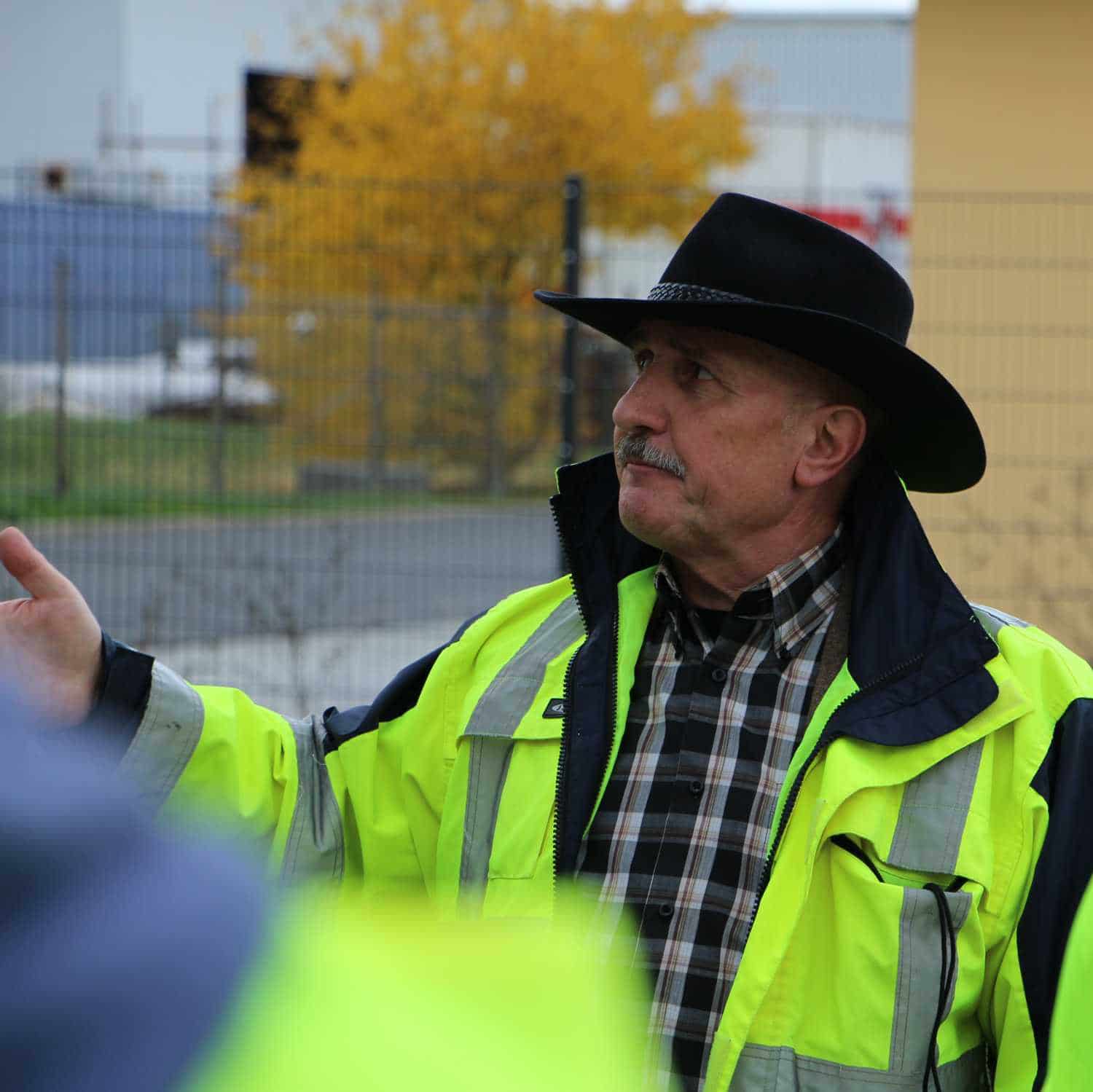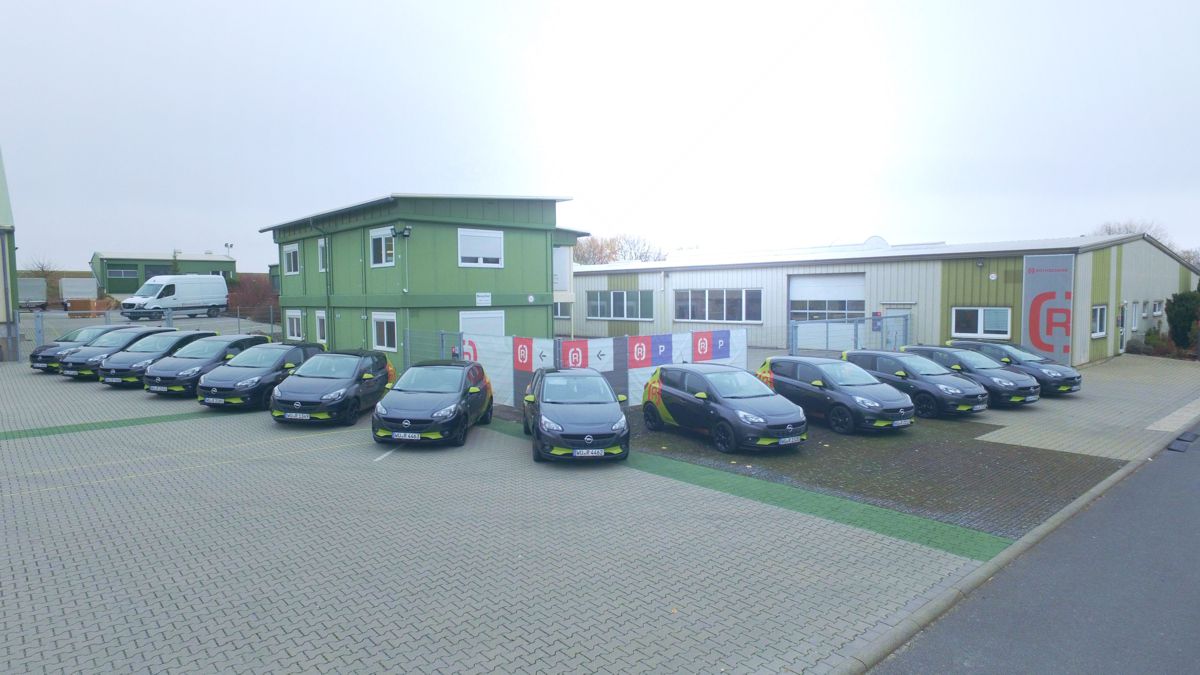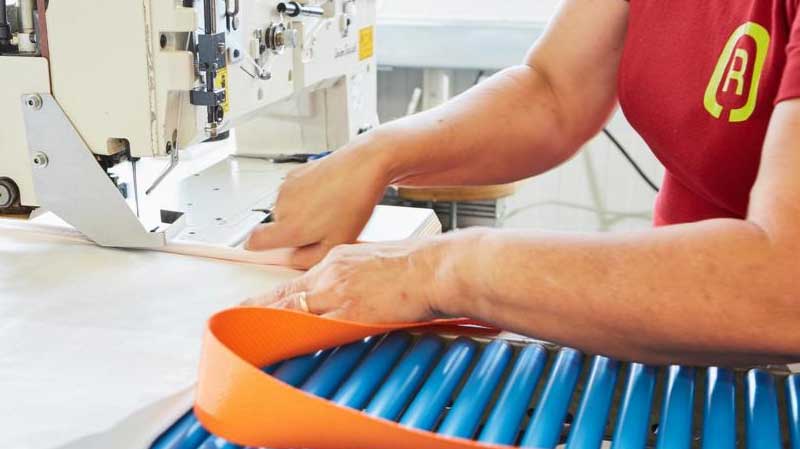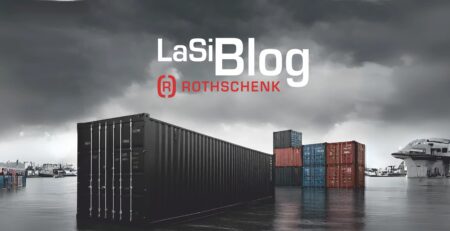Sequence 28: Pretensioning force (STF) and lashing force (LC)
One of the most common mistakes made in cargo securing is the circumstance, that the main features of the tensioning devices, whether they are belts, chains or ropes, are not effectively implemented.

About the author:
In a series of specialist articles from the field, on topics relating to containers and trucks, you will receive first-hand professional knowledge.
How to secure cargo correctly and what are the basics of cargo securing?
They are developed and presented by Sigurd Ehringer, owner of SE-LogCon:
- VDI certified instructor for load securing
- Reference book author
- 8 years Project Manager
- 12 years with the Bundeswehr (company commander)
- 20 years of sales experience
- since 1996 consultant/trainer in logistics
- 44 years instructor/trainer in various fields
Sequence 28: Pretensioning force (STF) and lashing force (LC)
These important features can be found on the belt label or chain/rope tag.


It is enormously important to know which backup method must be reckoned with. At all friction-locked Backup methods depend on the Preload force (STF) an. At all form-fit securing methods, the lashing force (LC) is decisive.
Of course, friction also plays a major role in any securing method. This comes into play especially with friction-locked methods such as tie-down lashing. It is precisely with the method that is seen most frequently that the biggest mistakes are made.
This picture shows the entire problem of lashing down. There are different coefficients of friction between all the layers and the lashing angle changes in each plane.
This means that the required securing force, which is based on the weight of the load, is far from being achieved.

In addition, the tensioning straps only have short-lever pressure ratchets.
Some of them run over the ship's side and are hooked onto the frame.

This vibrating plate is also not adequately secured. The belt is passed over the dropside, which greatly flattens the lashing angle α and significantly reduces the vertical component of the securing force.
The belts probably run over the side of the vehicle because it was built for transporting bulk materials and has no lashing points. This means that the vehicle would not be suitable for such transports.

Without calculating in detail, it can be assumed that this load is very likely to be inadequately secured.
Using the LC of securing devices is often expedient when transporting large equipment, because larger masses can be secured with comparatively little effort.
Excavator transports and construction site equipment are typical examples. But mistakes are also made in this regard.
One of the most common mistakes is the fact that the belt or chain is looped through the towing eyelet.
In this case, the chain acts only in the direction of travel, but not to the side.
This has the negative effect that the machine could slip sideways during an evasive movement, thus shifting the overall center of gravity of the tractor-trailer combination. This would result in an overturn.

This machine has three attachment points (yellow circles) and yet they were not used optimally.
The lashing angle α (red) is unfavorable because too large, the lashing angle β (blue) is OK. The securing forces in the direction of travel are much greater than those to the sides.
Diagonal lashing would have been the better solution without any additional expense, because both lashing angles optimally transmit the forces longitudinally and transversely.
It would also have been possible to strike both chains in the lashing eye.
Your Sigurd Ehringer.


As the latest truck load securing equipment from Rothschenk, I know my way around lashing angles.
My combination of head and bay lashing allows for double layer loading.
The resulting angles are elementary for the securing force.


On our own account:
Rothschenk. That's us.
Rothschenk is a manufacturer of load securing equipment for overseas containers. In the tranquil town of Aub in central Franconia, we develop, test and sell our own load securing equipment such as dunnage bags/padding, Lashing restraint systems, Edge Protectors, Anti-slip Mats, Lashing Straps and drum securement. You can get a small insight into our product world in our Online Shop: [R] SHOP24.
We develop for our customers, to whom also large corporations e.g. from the CHEMICALS-, BEVERAGES- and Automotive industry belong, individual load securing. Therefore we are used to come up with new products and solutions in our own research and test department.
We stand for quality "Made in Germany„. Not only in development, but also in production. Because we are the only manufacturer for load securing with our own production site in Germany. Real "Made in Germany" even.
>> Please use the comment function below for suggestions, additions and also for further questions.
We will, of course, respond promptly and professionally. Your Rothschenk Team




Schreibe einen Kommentar